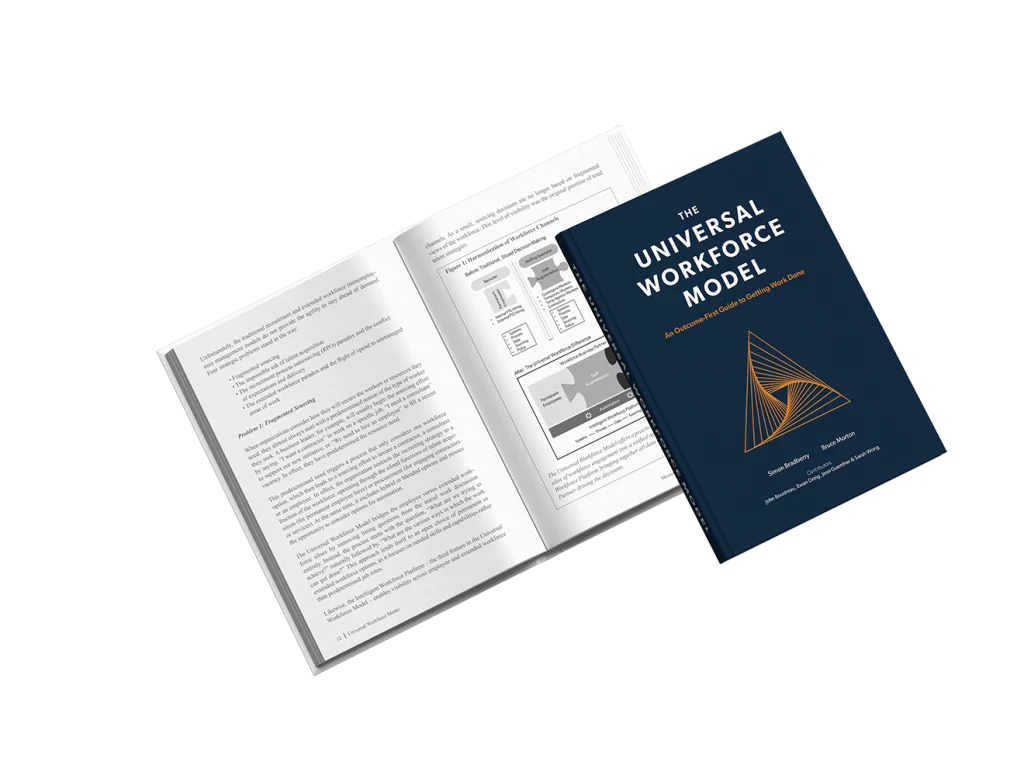
POV: Acquisition Workforce Reform by David Litman
In 2021, the FAIR Institute published an article by David Litman titled A Call to Restructure the Acquisition Workforce. In this piece, Litman proposed a unified acquisition workforce model that integrates three critical functions: program management, contracting, and a newly introduced function—requirements management.
Litman argued that the current acquisition workforce structure was fragmented, leading to inefficiencies and challenges in executing government programs effectively. His recommendation was to consolidate these roles into a single career track, fostering better coordination, improved expertise, and streamlined decision-making within procurement processes.
However, implementing Litman’s proposals presents significant challenges. As Les Yamagata commented on the original article, transitioning to a new workforce paradigm would require substantial effort, especially considering audit requirements and the fiduciary responsibility owed to taxpayers. Furthermore, ensuring a sufficient pool of qualified professionals, integrating user-friendly procurement management systems, and addressing ethical considerations in acquisition remain critical concerns.

More than a decade since Litman’s article, many of the issues he raised persist. Modern research continues to emphasize the need for acquisition workforce reform. For instance, in 2019, Peter Levine suggested that the U.S. Department of Defense should prioritize workforce development, offering rotational assignments and professional growth opportunities rather than merely managing personnel for short-term objectives.
Ultimately, achieving an effective government acquisition system requires more than structural reform—it demands a fundamental shift in workforce management approaches, incorporating training, mentorship, and technological advancements to enhance efficiency and accountability.


